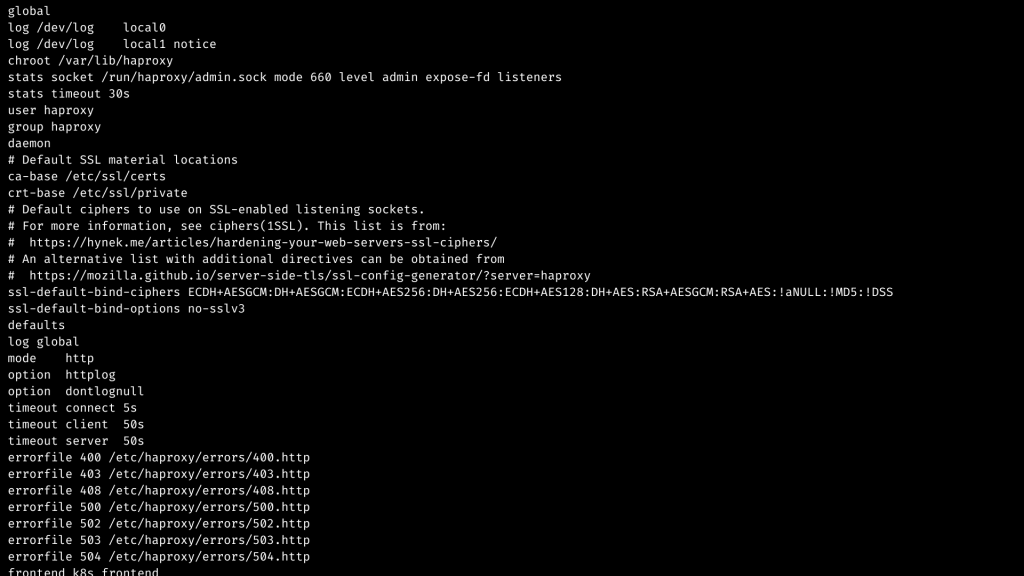Let us take a deep dive into the kubernetes haproxy load balancer and learn more about it. With the support of our Server management support services at Bobcares we will learn more about the load balancer.
What is Kubernetes HAProxy load balancer?
Kubernetes HAProxy Load Balancer is a common load balancer to control inbound traffic to Kubernetes-hosted applications.
Additionally, it is built on the HAProxy load balancer software, which is a free, open-source, high-performance TCP/HTTP load balancer capable of handling many concurrent connections.
The Kubernetes HAProxy Load Balancer is a load balancer that is often installed as part of a Kubernetes deployment or daemonset.
It is built to be highly available and fault-tolerant, so it can identify and recover from any node or process failures in your Kubernetes cluster automatically.
Furthermore, the Kubernetes HAProxy Load Balancer functions by monitoring the condition of application services and endpoints via the Kubernetes API server.
The HAProxy instance is then dynamically reconfigured to redirect traffic to the appropriate backend services based on the cluster’s current status.
There are a couple of things we need here to make this work:
- Run HAProxy load balancing on 6443.
- Have HAProxy do a health check on our nodes on the /healthz route.
Setup HAProxy
Consider the fact that we are running Debian 10. (buster). In this situation, apt install haproxy -y will be used to install HAProxy.

The server in this case has two IP addresses, but we can use *:6443 to listen on all interfaces and on that exact port. Now let us continue with the haproxy load balancer setup process.

As we have self-signed certificates, we may eliminate SSL verification.

The server has two IP addresses in this case, but we may use *:port> to listen on all interfaces and on a single port.

Uncomment this to hide the haproxy version.
#stats hide-versionUncomment the following two lines and modify the auth line with the username/password to secure this page with basic authentication.

This is the final step to set up kubernetes haproxy load balancer. The dashboard should show all of the master nodes as up, green, and operational.
[Need assistance with similar queries? We are here to help]
Conclusion
To sum up we have now seen how to set up the kubernetes haproxy load balancer. With the support of our Server management support services at Bobcares we have now gone through the whole load balancer set up porcess.
PREVENT YOUR SERVER FROM CRASHING!
Never again lose customers to poor server speed! Let us help you.
Our server experts will monitor & maintain your server 24/7 so that it remains lightning fast and secure.







0 Comments